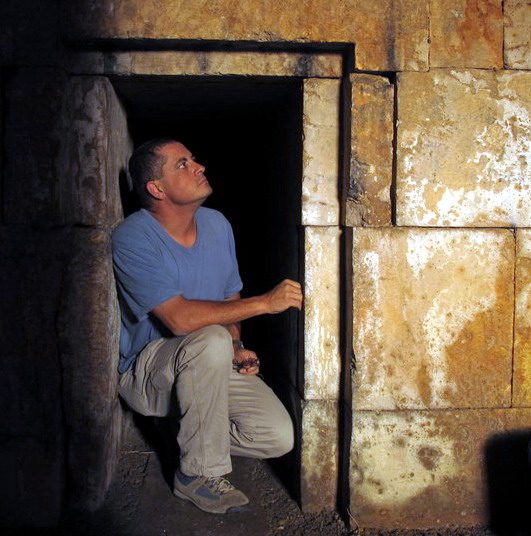Red was the dress code in Nepal Wednesday as Hindu women of all ages, castes and communities thronged the Shiva temples in the country to celebrate the festival of Teej.
“Streets became seas of red, the color of good fortune, as women in red saris, red bangles, red glass beads and with vermillion dotting their foreheads went in and out of the temples,” reported Pratibha Tuladhar for South Asia News.
The Teej festival has its roots in Hindu mythology. Hindu scriptures say the goddess Parvati launched a hunger strike, demanding she be allowed to marry Shiva, the man she loved. Her friends soon joined her with similar demands, and the young women came to be known as “hadtalika,” or protesting girls.
Parvati’s father, Himalaya, ultimately bowed to his daughter’s demands, and Parvati had a happy life with Shiva, according to the myth.
According to Tuladhar:
Every year, Hindu women mark the day by the Nepalese calendar, going without food and water for 24 hours and praying for the long life and prosperity of their husbands. The unmarried observe the fast and wish for the best for the man they want as a husband.
Police officer Kamala Lama, who was also fasting Wednesday while being on duty since midnight, kept watch on the devotees, who started queuing up at the temple of Pashupatinath early in the morning.
‘Just after midnight, women bathe and start queuing up outside the temple, hoping to be among the first to enter when the temple gates open in the morning,’ she said.
Pashupatinath, a UNESCO World Heritage Site, is among the biggest temples in Nepal. It receives large numbers of Indian and Nepali devotees throughout the year and was packed with women devotees Wednesday.
Umesh Khikel of the Pashupati Area Development Trust said three security personnel and 2,000 volunteers were mobilized for the management of the 400,000 visitors expected at the temple.


